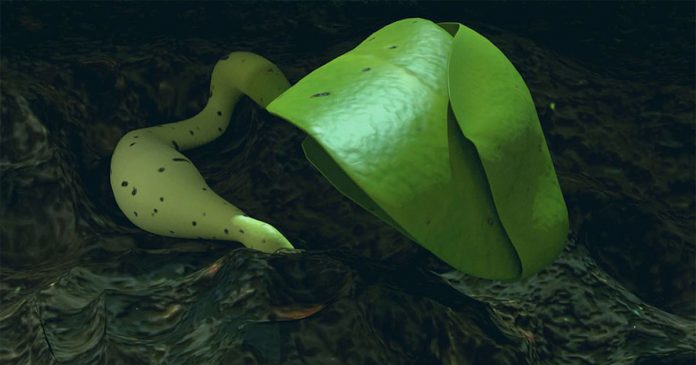China has broken new lunar ground, successfully growing cotton on the moon for the first time. The experiment was part of the Chang’e 4 project, in which China is exploring the far side of the moon with a lander. This is the same lander that recently discovered a mysterious gel-like substance on the moon’s surface.
The cotton plant was one of several organisms encased in a mini biosphere weighing just 2.6 kilograms (5.7 lbs) with a pressure of 1 atmosphere which was aboard the lander
In an interview with IEEE Spectrum Xie Gengxin of the advanced Technology Research Institute at Chongqing University said, “The weight of the Chang’e-4 probe demanded that the weight [of the experiment] can’t exceed three kilograms.” It would have been a hard, brutish life for any tortoise that made the trip. Not only would it have died when the temperature plunged, but oxygen would’ve run out in about 20 days.
It wouldn’t have been the first tortoise in space. That honour goes to the two tortoises on the Soviet Union’s Zond 5 mission in 1968. Alongside the two turtles were fruit flies and plants. (The two turtles were deprived of food as part of the experiment, and they suffered from starvation when they returned to Earth, but they were alive.)
But while the Zond 5 mission was the first mission to carry any Earthlings beyond Earth’s orbit, the Chang’e-4 mission was the first to carry some to the Moon (other than astronauts, of course.) And it won’t be China’s last.
Xie and his team are looking ahead to the next Moon mission, when they hope to send more lifeforms there. If the mission allows for a larger payload, they may send more complex life forms, though they haven’t specified what they’ll be.















